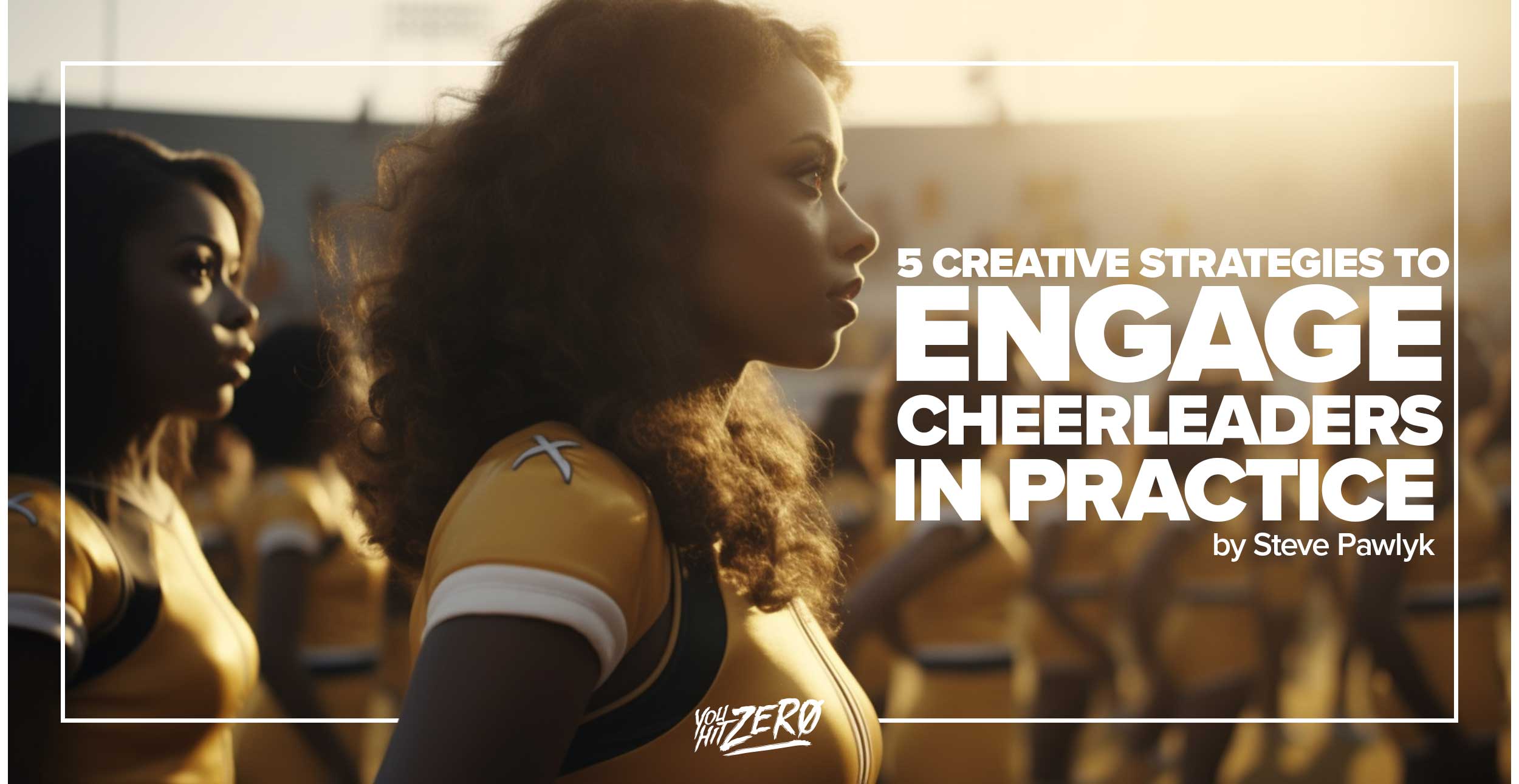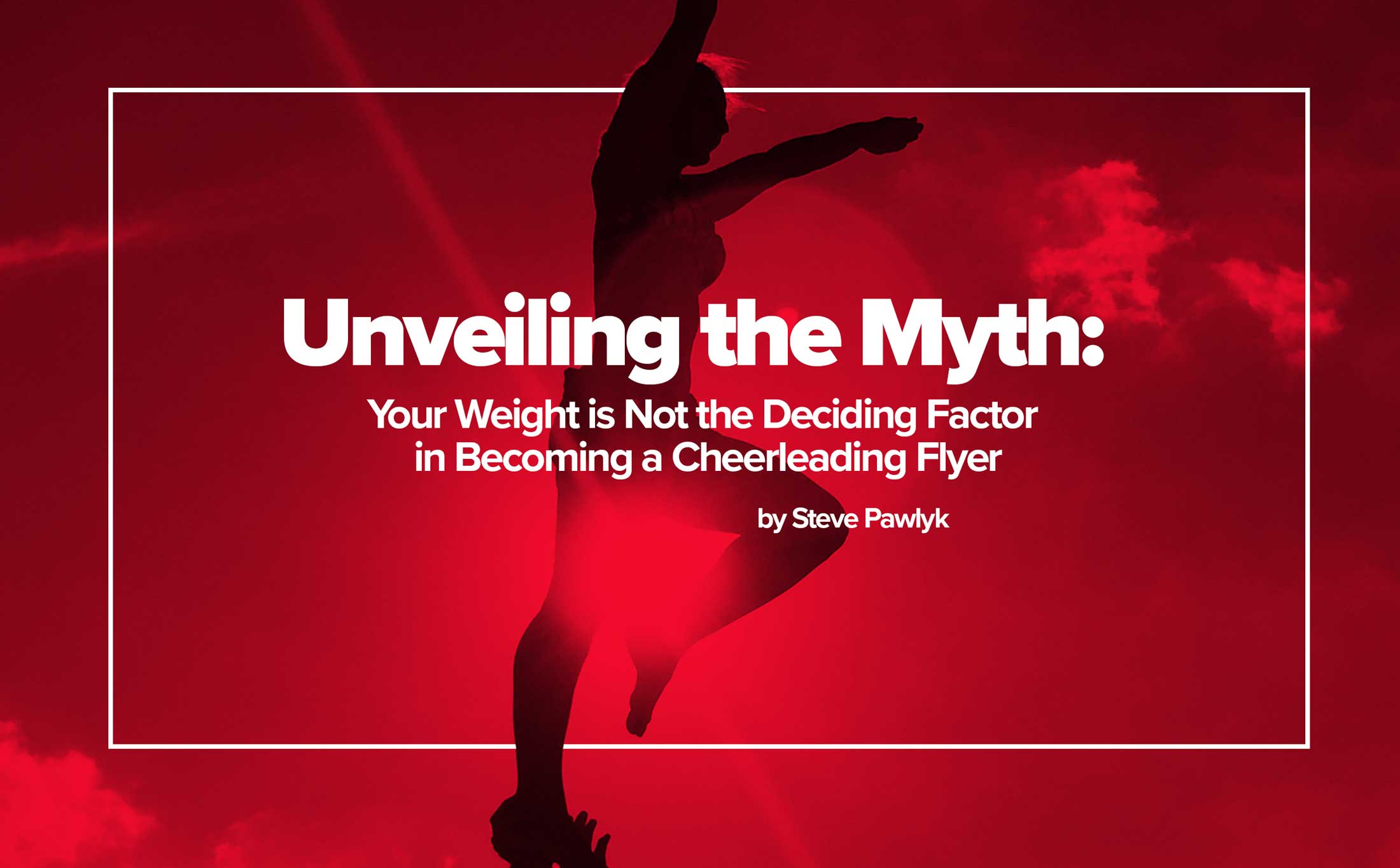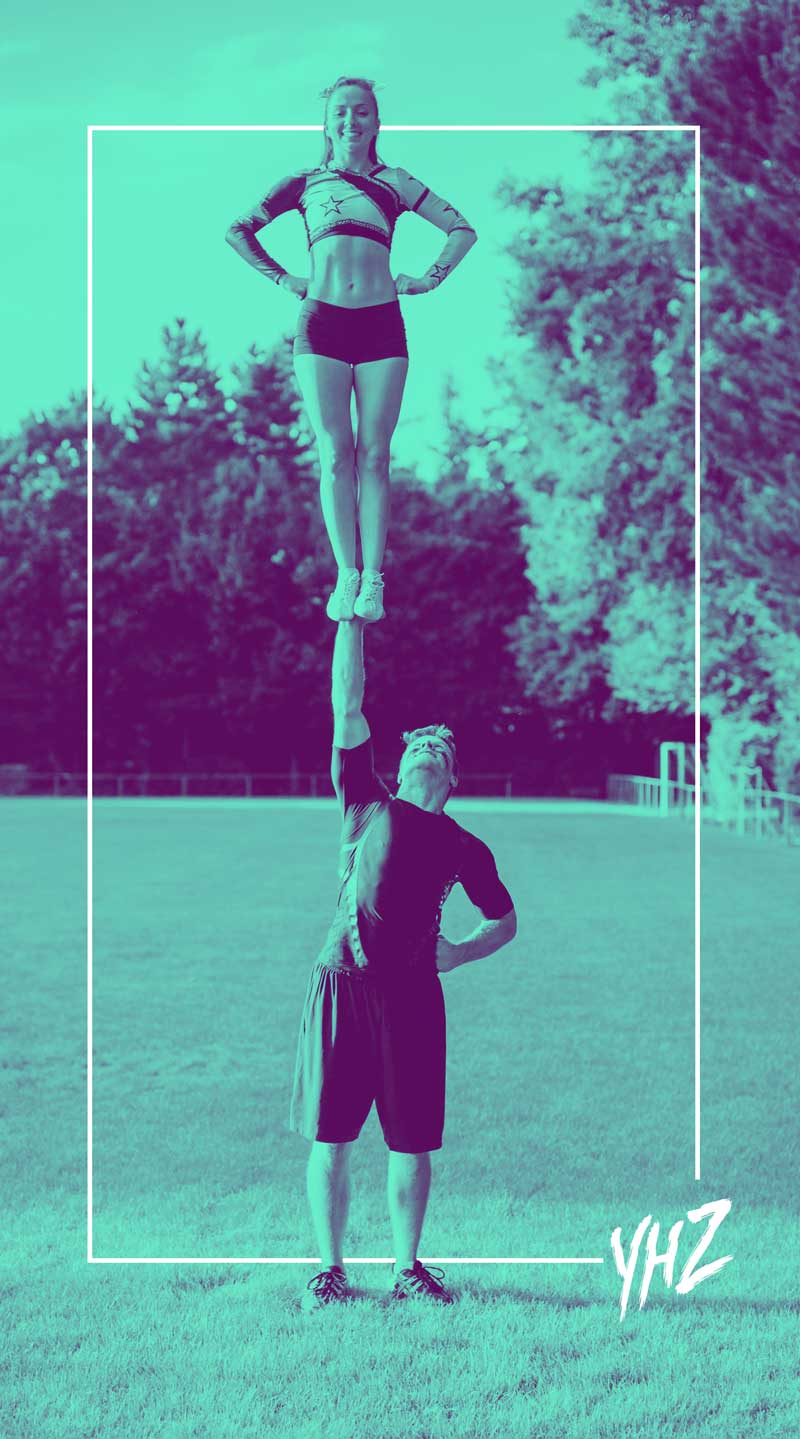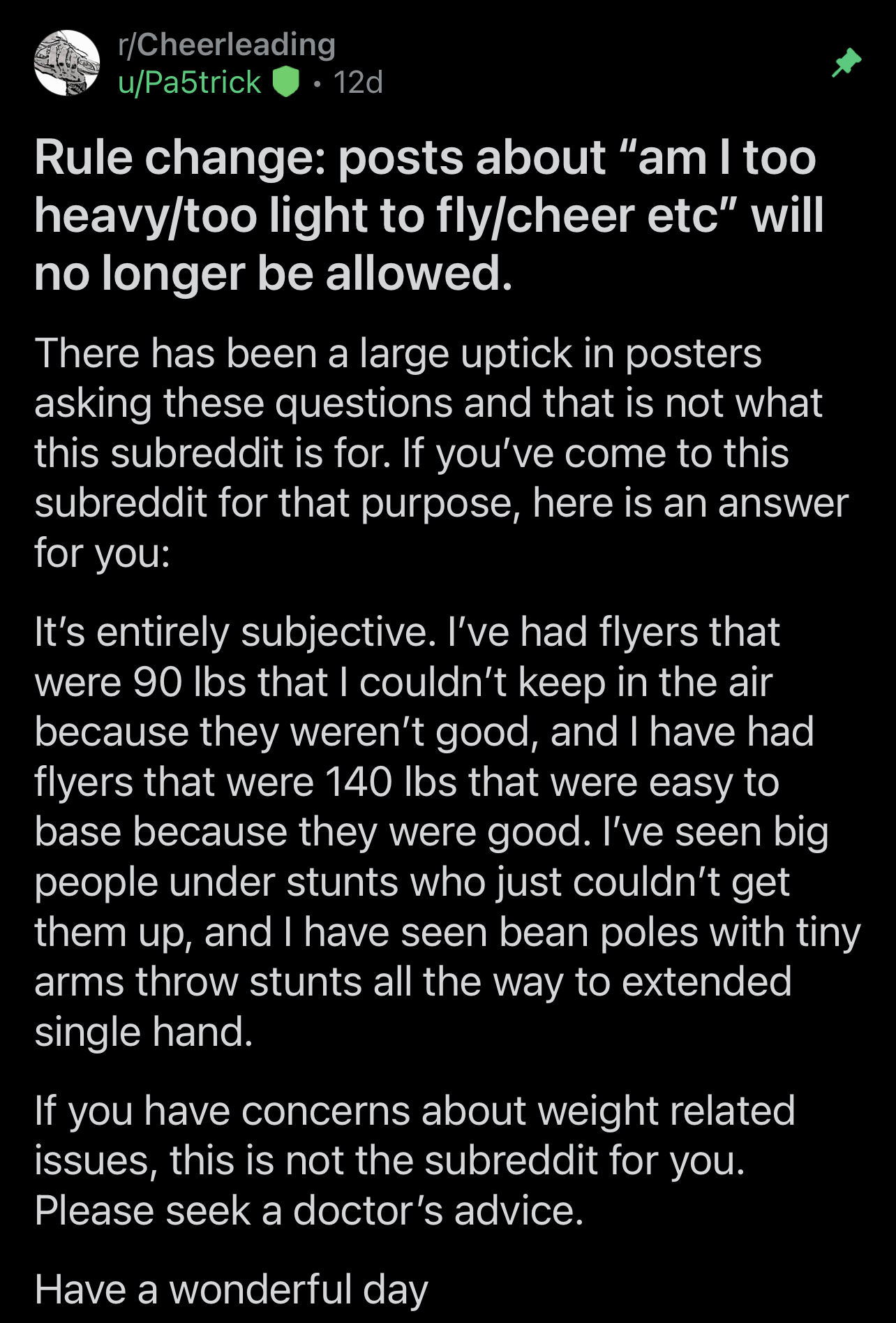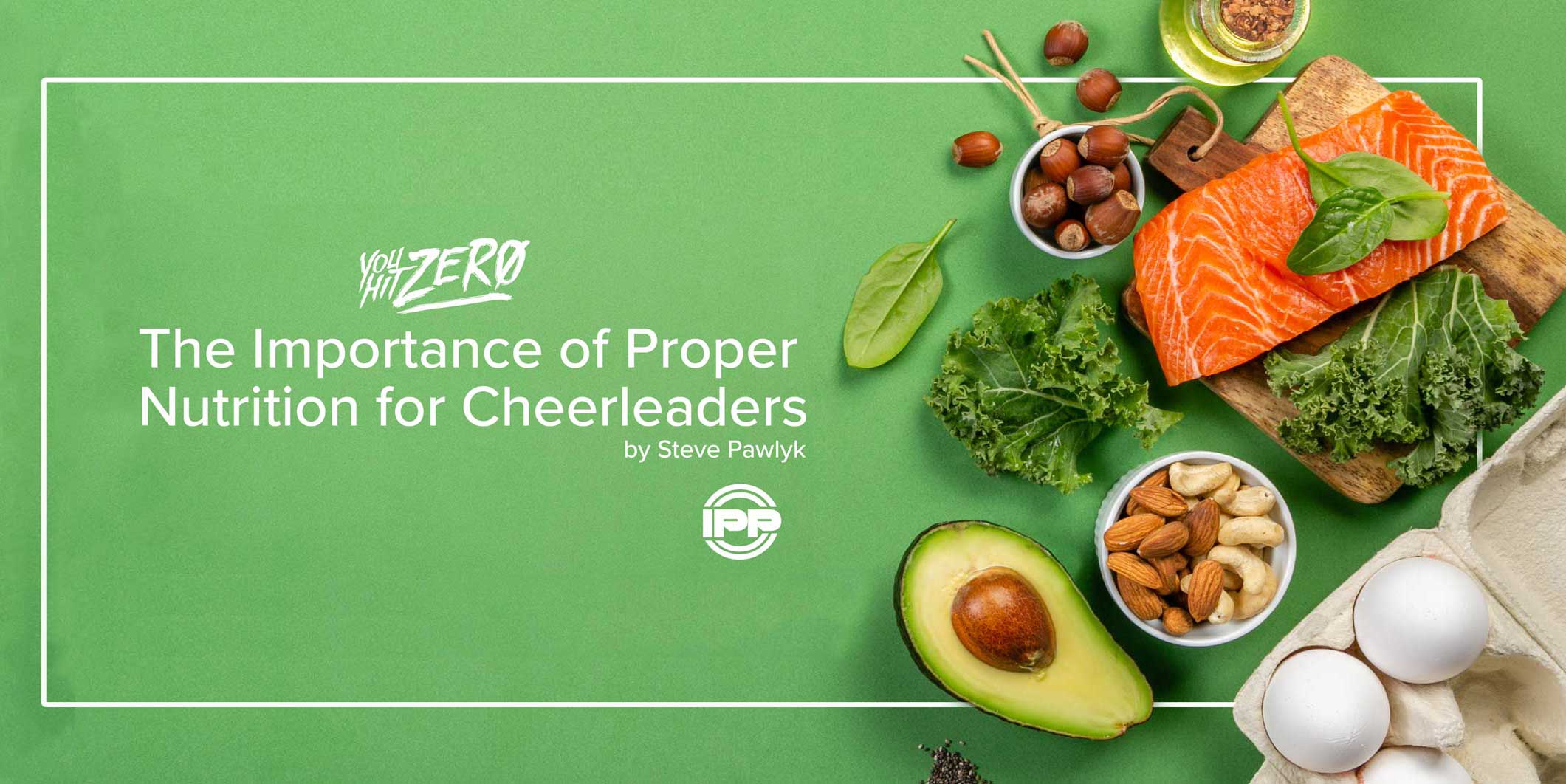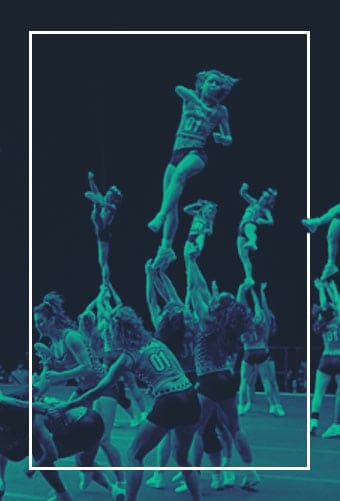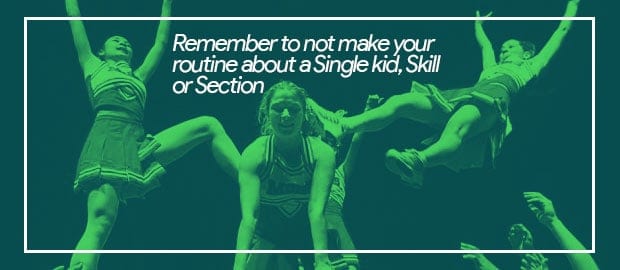By Steve Pawlyk
Published September 26, 2023
When you’re coaching cheerleaders, it’s not just about mastering the stunts and perfecting the routines. The real challenge often lies in keeping your athletes engaged, motivated, and focused during practice. A disengaged cheerleader is not only detrimental to their performance but can also impact the morale and cohesiveness of the entire squad. Welcome to YouHitZero, your ultimate hub for everything related to cheerleading. In this article, we’ll explore five creative strategies to engage cheerleaders in practice, making each session not just effective but also fun.
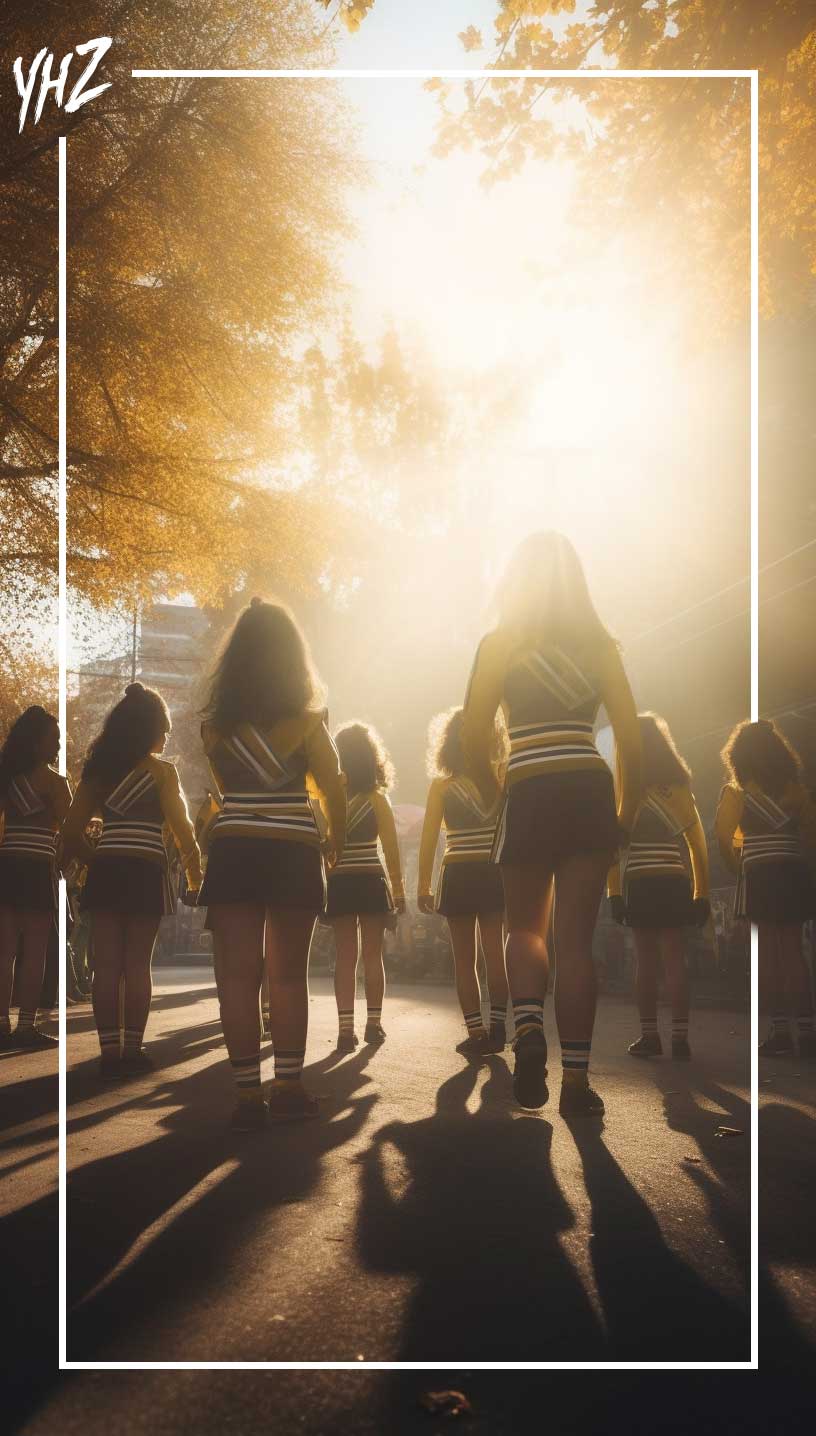
1. Gamification: Turn Drills into Challenges
Why It Works
Gamification involves turning ordinary tasks into competitions or games. It taps into the natural competitive nature of athletes and makes repetitive drills more enjoyable.
How to Implement
- Stunt Bingo: Create bingo cards with different stunts and moves. As cheerleaders perform them correctly, they can mark off a square. The first to complete a row wins a small prize.
- Skill Points: Assign point values to various skills and stunts. Cheerleaders can earn points for mastering them, which they can later exchange for team merchandise or other incentives.
Pro Tip: Keep it Balanced
Make sure the games are balanced to include cheerleaders of all skill levels. You don’t want to discourage beginners by making the challenges too hard.
2. Leveraging Data Analytics for Performance and Safety
The integration of data analytics in cheerleading is still in its nascent stages but holds immense promise. Advanced software can analyze videos of routines to provide invaluable insights into timing, formation, and even the biomechanics of each athlete. Not only can this data be used to enhance performance, fine-tune routines, and develop new stunts, but it can also be crucial for injury prevention. By understanding stress points and risky movements, coaches can restructure routines to be both stunning and safer. As technology advances, data analytics could become as integral to cheerleading as mats and pom-poms.
3. Social Media Challenges
Why It Works
Engaging cheerleaders through social media not only boosts team spirit but also builds a community around your cheer program.
How to Implement
- Hashtag Challenges: Create a unique hashtag for your team and encourage cheerleaders to post their practice videos.
- Live Q&A Sessions: Host a live Q&A on platforms like Instagram, where cheerleaders can ask questions about techniques, upcoming events, and more.
Pro Tip: Monitor Content
Ensure that all content aligns with the values and guidelines of your cheer program.
4. Incorporate Music and Dance Elements
Why It Works
Music and dance elements can inject a fresh dose of enthusiasm into practice sessions, making them more vibrant and enjoyable.
How to Implement
- Customized Playlists: At IPP Music, we specialize in custom cheer music that can energize your practice sessions.
- Dance-offs: Incorporate short dance-off sessions between drills to break the monotony and energize the team.
Pro Tip: Keep It Appropriate
Choose music and dance elements that are age-appropriate and align with the goals of your practice session.

5. Peer Coaching and Mentorship
Why It Works
Peer coaching fosters a culture of mutual respect and learning, allowing more experienced cheerleaders to mentor newer members.
How to Implement
- Buddy System: Pair up newer cheerleaders with veterans for one-on-one coaching.
- Skill Swaps: Allow cheerleaders to teach each other specialized skills they excel in.
Pro Tip: Structured Feedback
Create a structured feedback system to measure the effectiveness of peer coaching and make necessary adjustments.
Engaging cheerleaders in practice doesn’t have to be a daunting task. With creative strategies like gamification, social media challenges, incorporating music and dance, and peer coaching, you can make each practice session a fun and effective learning experience. Keep in mind that the ultimate goal is to improve performance while fostering a strong sense of team spirit and cohesiveness
IPP's Premade Mixes are USA Cheer Compliant and customizable! Add Sound FX, swap songs, & more! Add your Team Name to the mix for only $10!



